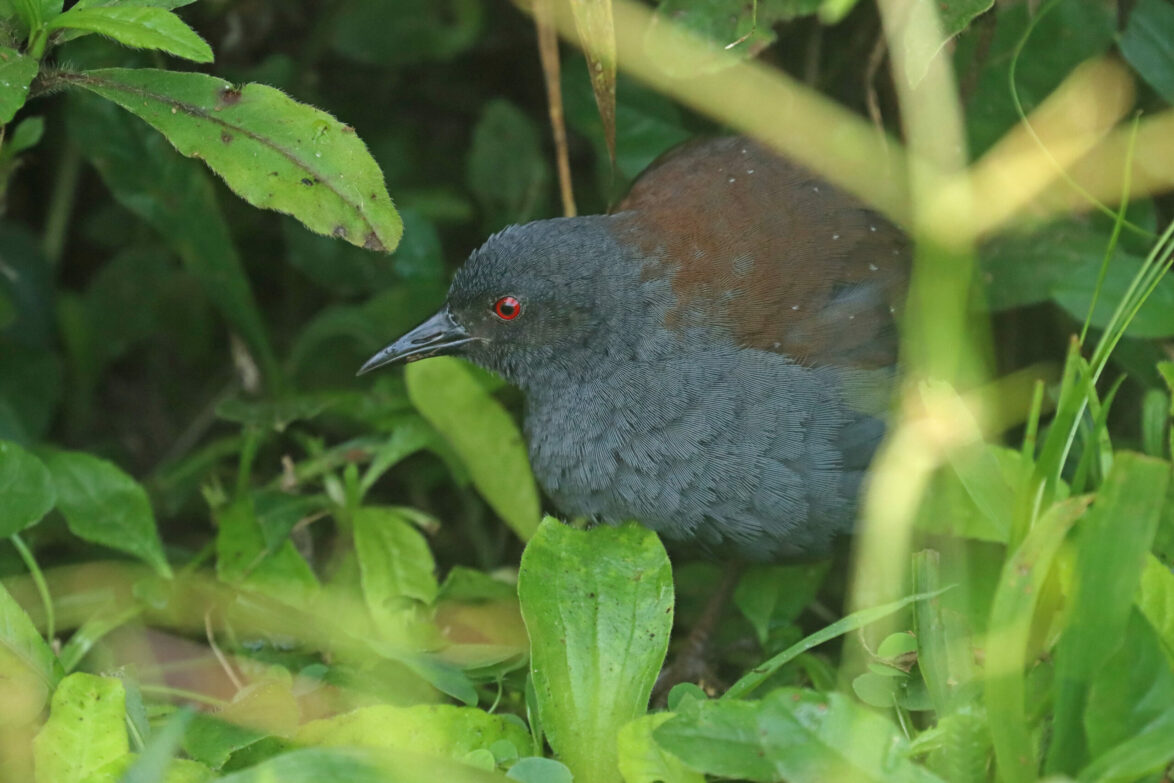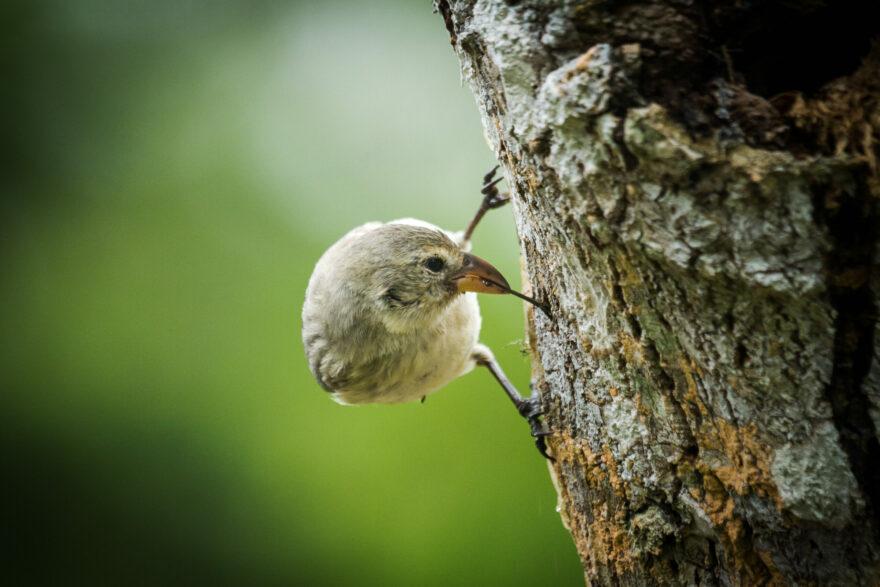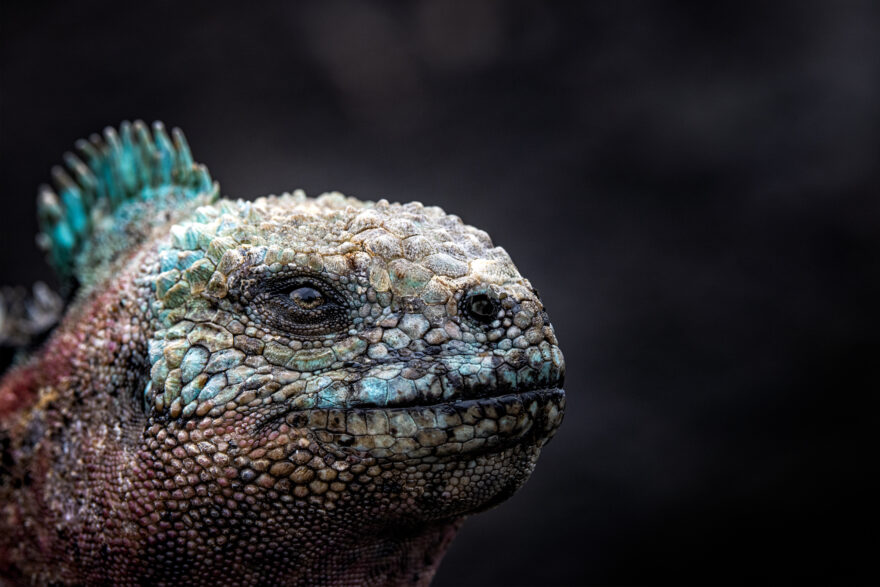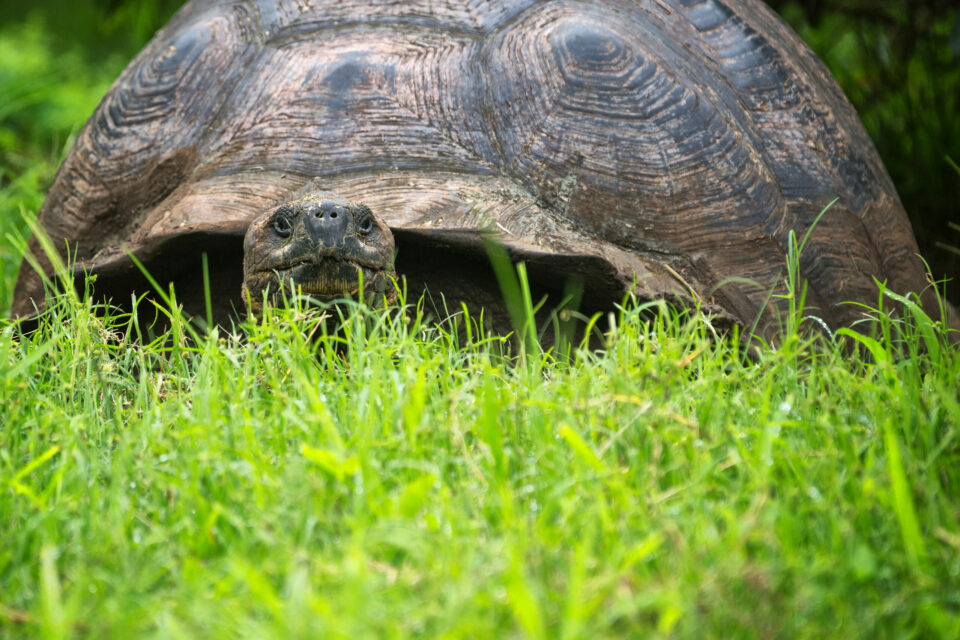
Island overview
Pinzón is the Spanish word for finch, though the island is actually named after two brothers who served as captains during Columbus’s first voyage to the Americas, rather than the Archipelago’s famous finches.
Most of the island is arid, with little in the way of vegetation, and there are no tourist visitor sites on land, though there is a dive site offshore. Marine life that can be seen here includes hammerhead, whitetip and Galapagos sharks, sea turtles, sea lions, Galapagos penguins and rays.
Pinzon is also home to its own endemic species of giant tortoise and lava lizard, along with land birds including Darwin’s finches, little vermilion flycatchers and short-eared owls.

Wildlife highlights

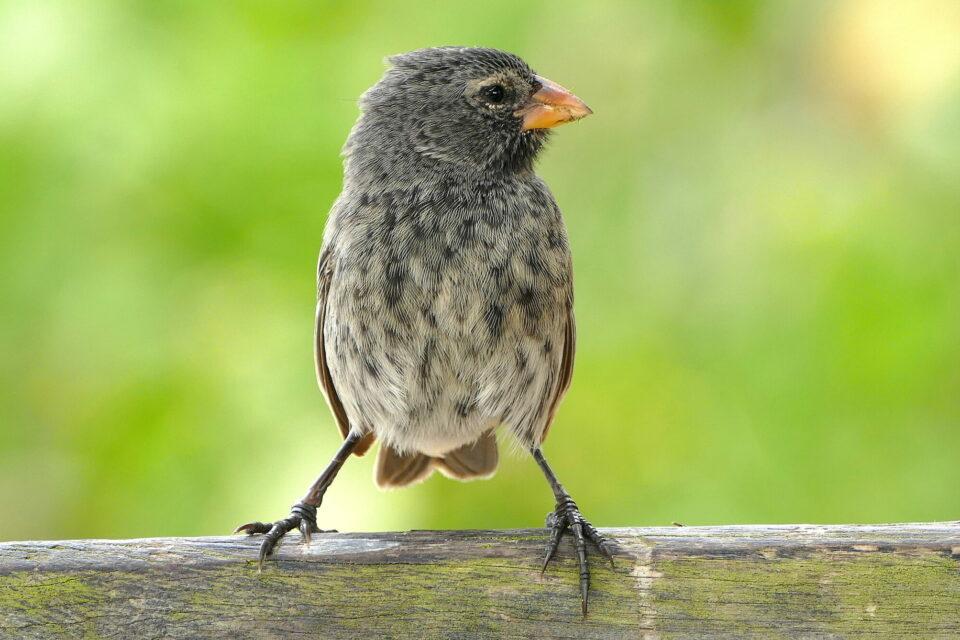
Darwin's finches
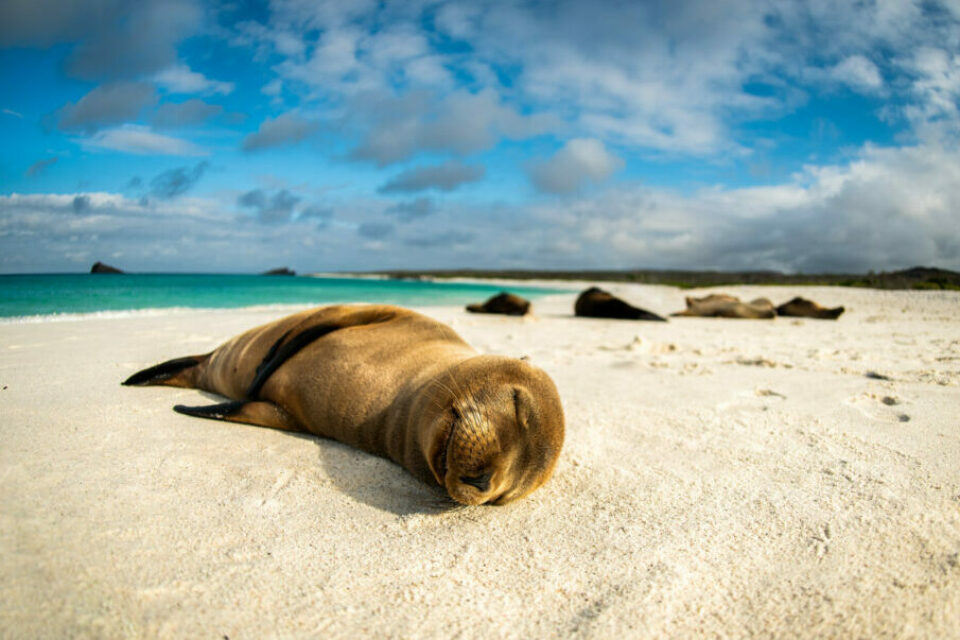
Galapagos sea lion

Whitetip reef shark
Conservation challenges
Black rats were accidentally introduced to Pinzon island in the late 19th century, becoming an invasive species. Predation by rats devastated the island’s ecosystem, partly due to the severe decline in successful reproduction of birds and reptiles, with eggs providing an easy meal for the rats. This includes the near local extinction of Pinzon’s giant tortoise population – there were only around 100 adult tortoises left in the wild in the 1960s.
However, we are now looking at a conservation success story unfolding before our eyes. In 2012, removal of invasive rodents with poison bait successfully rid the island of their presence. In 2015, it was confirmed that Pinzon giant tortoises are reproducing in the wild again – a conservation win that was supported by a decades-long captive breeding programme led by the Galapagos National Park. Two native bird species in Galapagos have also naturally colonised the island – the Galapagos rail, which had never been previously recorded on Pinzon, and the cactus finch, a species considered locally extinct on Pinzon for more than 40 years.
